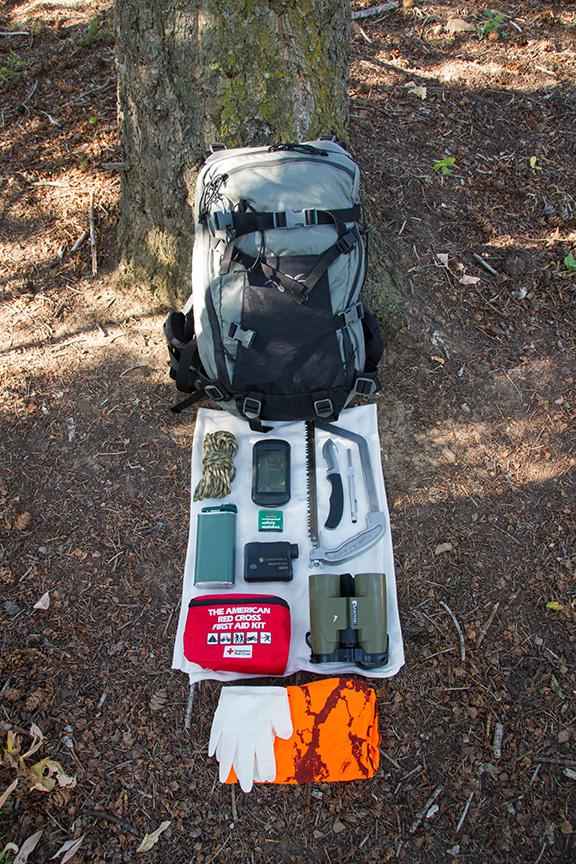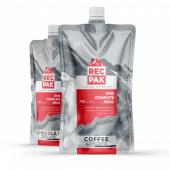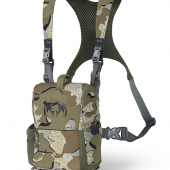Bare Necessities
The must-haves of hunting.
Sometimes, the difference between good and bad days afield can be reduced to a single element: quality binos, the right knife, an extra piece of rope. Carry these miscellaneous items to ensure the highest chances of success—in terms of finding prey, being safe, comfortable, and caring for your game meat.
Optics
Get a good pair of binos and a reliable rangefinder. Binos reveal animals and sign invisible to the naked eye, and a rangefinder increases your chances of a clean kill.
Knife
A dull knife makes field-dressing a long and laborious task, with increased risk of slicing yourself open. Good knives keep their edges longer, fit properly in the hand, and serve as invaluable survival tools should things go all to hell out there.
First-Aid Kit
Accidents happen, and it’s better to acknowledge that fact and be prepared than to act as if you’re invincible. While you’re at it, get a Wilderness First Aid certification so you can help out an injured hunting buddy, too.
Hunter’s Orange
If you’re rifle hunting, this is imperative—as in, mandated by law. Ungulates are color-blind, so the small piece you’re required to wear won’t spook ‘em none, and it will alert other hunters to your position.
Rope
An extra length of rope, or some spare webbing or straps, is handy in all sorts of ways. From setting a broken bone to dragging a deerout to hanging an elk quarter out of a bear’s reach, you never know when you might need it.
Other Items
Everyone’s outfit is different, but a few more things to consider are fire-starter (lighter, matches, etc.), game bags if you’re hunting elk, latex gloves for field-dressing, electrical tape, GPS with land-ownership overlay, and a small saw for cutting bone. Always carry a headlamp with extra batteries and a map should your device lose power. Plus whiskey for sipping once you’re back in camp.













